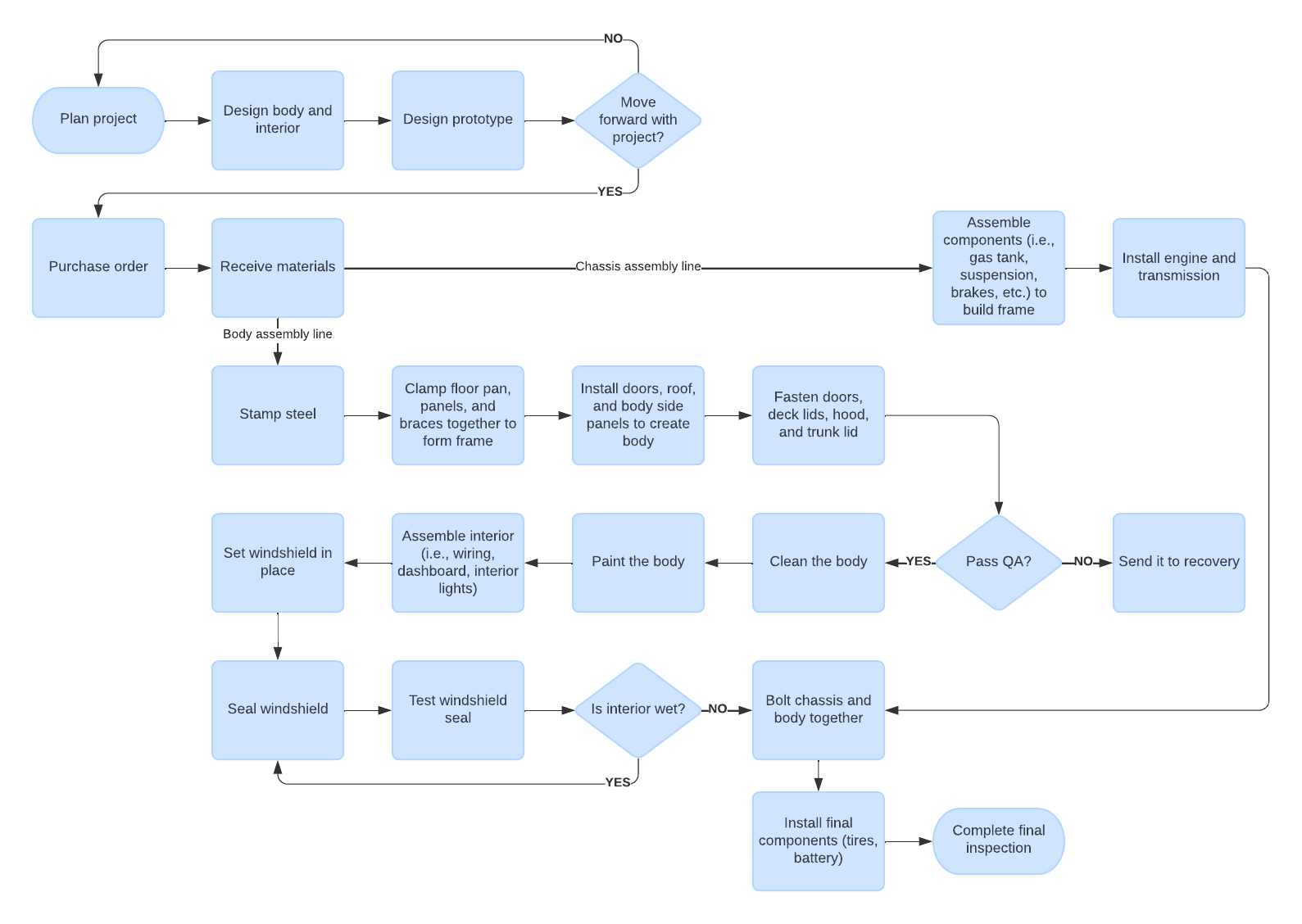Software Specification Document: What Should It Include?
To ensure the successful development of a custom software solution, having a well-structured specification document is crucial. This document, sometimes referred to as a requirements document, serves as a guide for everyone involved in the project.
When well written, it clearly describes the client’s needs and the software’s expected functionalities. It also facilitates communication between all parties, ensuring a shared and accurate understanding of the final product.
This article outlines the key elements your specification document should include.
Company Background and Context
To fully grasp the project, it’s essential to describe the context in which your business operates. This helps anticipate challenges and propose solutions that are aligned with your specific needs and realities.
This section typically includes:
A short summary of your company, including its mission and core values
An overview of your operations and main products or services
Your market positioning
The users of the future custom solution
Project Overview and Objectives
A cornerstone of any specification document, this section summarizes the project and the strategic goals behind it.
Project Overview:
Without going into too much detail, this part offers a quick summary of the project, a helpful section for anyone needing a high-level view.
Objectives:
Here, you should list the goals your custom software is expected to achieve. What are you hoping to gain from this project?
Some common examples:
Improve operational efficiency and save time
Simplify workflows for your team
Modernize your processes or replace outdated systems
Support business growth
Reduce errors or costs
Enhance user experience
Increase customer satisfaction
Detailed Project Description
Among the most important sections, this part outlines the expected solution in detail. It helps avoid misunderstandings by ensuring all stakeholders are aligned.
Key elements to include:
1. Functionalities:
Clearly describe all expected features. Include real-world use cases to demonstrate how users will interact with the system in different scenarios.
2. Processes and Workflows:
Explain the business processes the software will support. Detail the steps involved, ideally using workflow diagrams to aid comprehension.

Flowchart example
3. Business Rules:
Specify the rules the software must follow. For instance, should a form appear only under certain conditions? Mapping out key business rules helps define the complexity of the solution.
4. Inputs and Outputs:
Describe what types of data the system will handle, and in what formats (e.g., JSON, XML, Excel). Indicate what data will be exchanged with other systems.
5. User Interface:
Whenever possible, include wireframes or mockups. Even early-stage visuals help everyone understand the intended result.

Wireframe example
6. Reports and Analytics:
List the types of reports the software must generate, their content, format, and frequency. Include any dashboard, stats, or data visualization requirements.
7. User Roles and Permissions:
Outline different user roles and their access levels. Specify authentication and authorization methods if needed.
8. Notifications and Alerts:
Describe expected notifications (emails, texts, push alerts), and the events or conditions that trigger them.
9. Integrations:
List any external systems the software must integrate with (e.g., Sage, Salesforce, Epicor). Provide known API or web service details (e.g., Stripe or Moneris API).
10. Customization and Configuration:
Indicate which parts of the software can be personalized by users. (e.g., the ability to create custom forms via the interface.)
Technical Specifications
This section serves as a technical guide for developers, ensuring the solution aligns with required specifications.
Compatibility Requirements:
Should the software work on specific devices (mobile, tablet, desktop)? Is there a required browser compatibility?
Security Requirements:
Will the software manage sensitive data like Social Insurance Numbers or employee information? Outline any relevant security needs.
Language Requirements:
Should the app support multiple languages? If so, how many?
User Volume:
How many users will access the software? 1,000? 10,000? 100,000?
Conclusion
Every project is unique, so no two specification documents are exactly alike. What matters most is ensuring the document is thorough and accurate. A clear specification helps guide development and leads to successful digital transformation. If you take the time to write it well, your developers’ proposals will naturally align with your expectations.
Need help drafting your specification document? Consider working with a team that specializes in requirements analysis and custom software development, like us at Exolnet.








